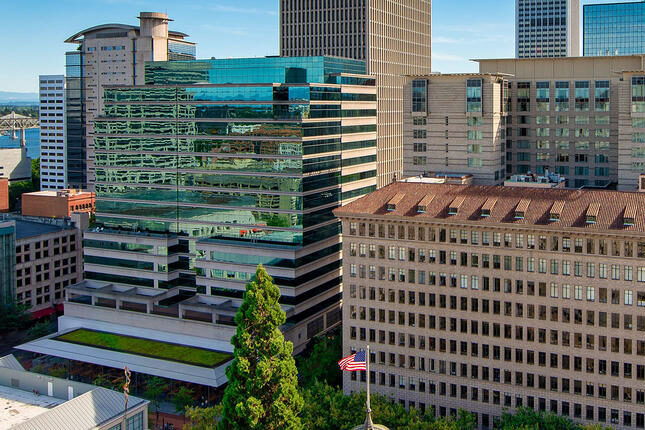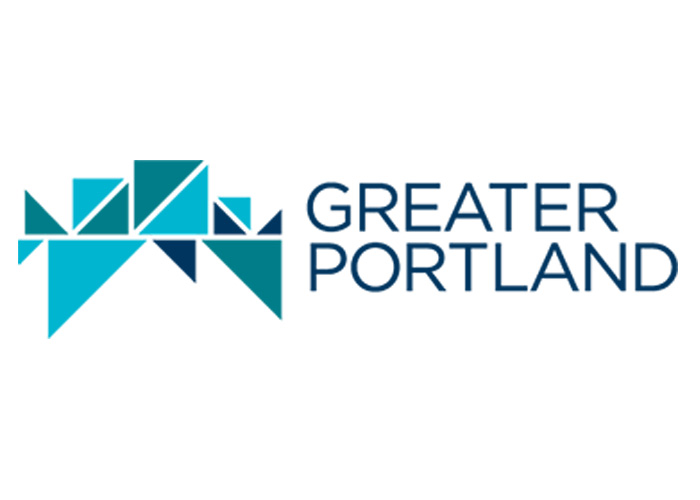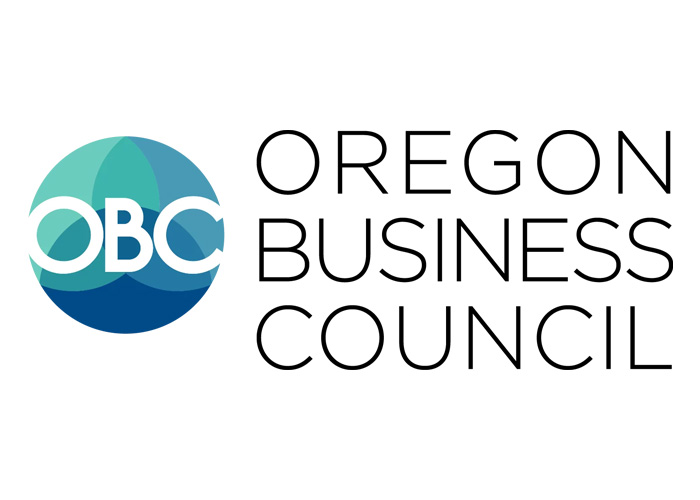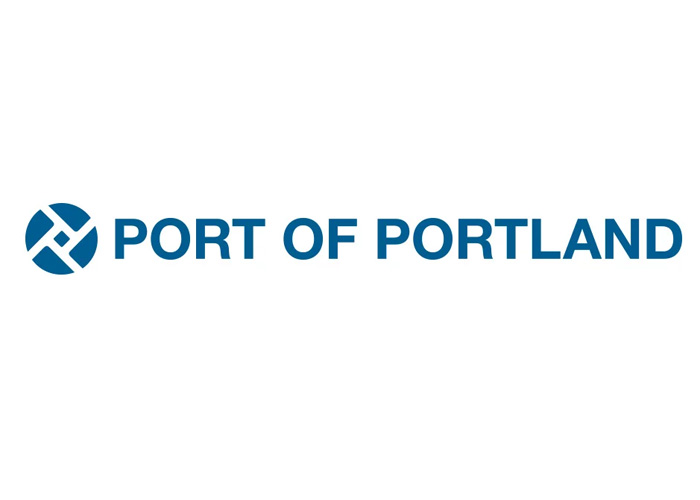Downtowns or Central Cities play vital roles in regional economies. In Portland’s case, Central City Portland—from the Lloyd District to Goose Hollow and from South Waterfront to Lower Albina— is a center of professional, healthcare, education, and governmental services. It is also the place where many businesses connect with each other and with legal, finance, insurance, and other professionals. Over decades, the region has invested heavily to make the Central City a productive and appealing place to work. Two U.S. Interstate highways meet there, and the regional transit system is organized around it. It is an artistic and cultural center of Oregon and is home to top tourist attractions, nationally recognized restaurants, and more.
The sharp increase in virtual meetings and hybrid work has disrupted the role of Downtowns across the U.S. But these new ways of meeting and working have not eliminated the need for face-to-face collaboration. While in-person collaboration may never return to pre-pandemic norms, it will gradually swing back in that direction. And as it does, the region will need to ensure that investments in its Central City and Downtown are well maintained, and that regional governments aid in helping to address the housing affordability and homelessness crises along with rising crime rates so that Portland’s Central City can recover.
The balance of this special report assesses the economic condition of the Central City as Portland enters 2023.
Report at a Glance
Return to office continues and visitor foot traffic recovery has stabilized
The work-from-home phenomenon has disproportionately affected Portland’s Central City. Across the country, rates of remote work are generally high among professional and business service workers with college degrees, and Portland has a lot of them. Employee counts in the Central City gradually improved –beginning in Spring 2021 and now stands 48% below the pre-pandemic average.
After a steady recovery during 2021, visitor foot traffic stabilized in the Central City during 2022 but was still down about 30% from its pre-pandemic level. The visitor recovery has been more evenly distributed across the sub-districts than the employee recovery, but Downtown still underperforms. As of December 2022, visitor counts in the Central City were 27% below the late 2019 level. See Figure 1.
Office vacancy rates are twice as high as the historic average in the Central City
The Central City’s office vacancy rates, which were on the rise before the pandemic due to the development of speculative office space that had not stabilized, have risen sharply as tenants adjust to the hybrid work preferences of employees. Although vacancy rates are higher in Class A buildings, Class B + C building vacancy rates have increased faster during the pandemic, up 103% compared to an 88% increase for Class A buildings. There are now more than 8 million square feet of vacant office space in the Central City, with an expectation that it will continue to increase as leases signed pre-pandemic are renewed and taking less space, and in some instances moving out of the Central City entirely. See Figure 2.
Number of tenant improvement permits peaked in 2016, now trending down
Permits for tenant improvements to office space in 2022 were less than their peak level in 2016. Every district saw sizable declines with only the Pearl district maintaining activity that approaches pre-pandemic levels. See Figure 3.
Annual property tax receipts in Portland Central City and Downtown Portland Clean & Safe District
Property tax receipts grew from $78.3 million to $280.8 million, or 5.2% annually unadjusted for inflation, from 1997 to 2022. Notably, receipts fell in 2022 for the first time since 2005. The tax receipts from within the Downtown Portland Clean & Safe district has represented about one-third the Portland Central City’s total in recent years—down from nearly half in 1997. The creation of the South Waterfront district and continued expansion in the Pearl and Central Eastside have geographically diversified the tax base. See Figure 4.
Central Eastside developments makes up 31% of total apartment production in the Central City
Portland’s Central City was an attractive location for apartment development during the past decade with especially strong and sustained development in the Central Eastside sub-district. The Pearl district showed similarly sustained growth through 2021. Production in most other districts accelerated after 2016 and stalled during the pandemic. See Figure 5.
Why this matters
Portland became a celebrity city during the 2010s. Our vibrant downtown was a point of pride and a model that other regions attempted to emulate with walkable blocks, world-class restaurants, and vibrant community events.
Then, the pandemic turned our strengths into challenges. A well-educated, professional service class can work from almost anywhere and, for now, they are opting for their homes on many days. The decline in property tax receipts has implications for local government budgets that could portend scarcity decision making in the future. Besides revenue, another key purpose of a downtown—as a place to network, collaborate, and innovate—is diminished.
As office activity gradually recovers over the years, downtown’s roles as a center of housing, culture, entertainment, and education must be elevated. The shift in roles is a significant one that will demand a new vision, strategy, and competent implementation for recovery of a vibrant and livable Downtown.
Value of Jobs Coalition Partners
Related Reports
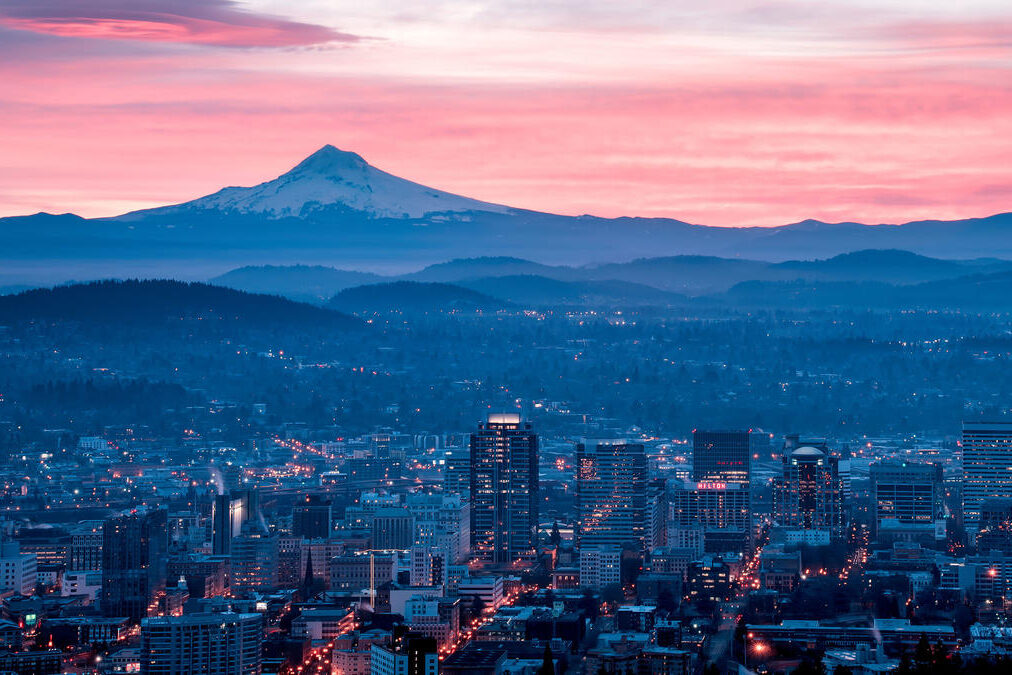 February 2023
February 2023
2023 State of the Economy
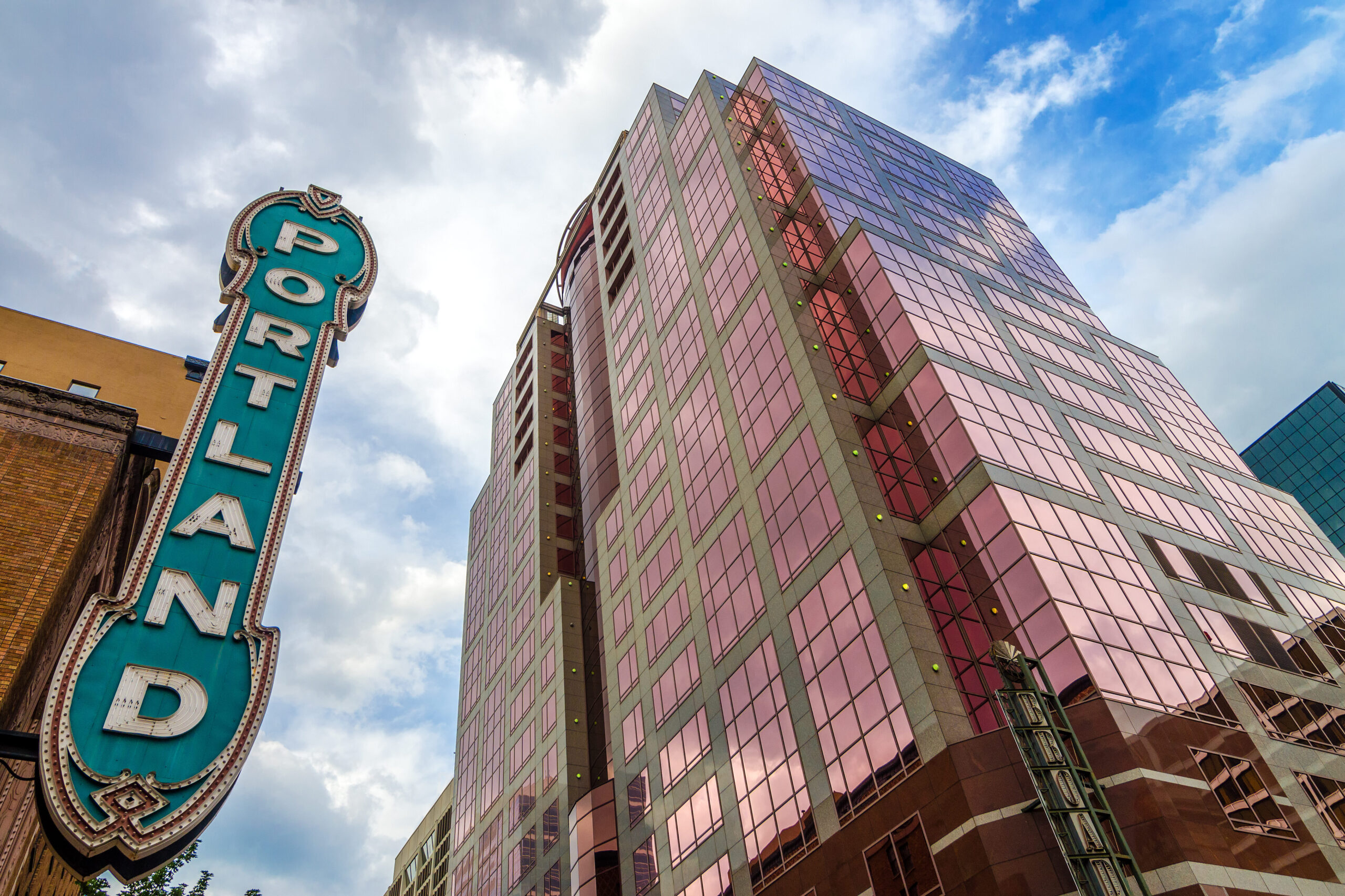 February 2023
February 2023
2023 Regional Tax Comparison
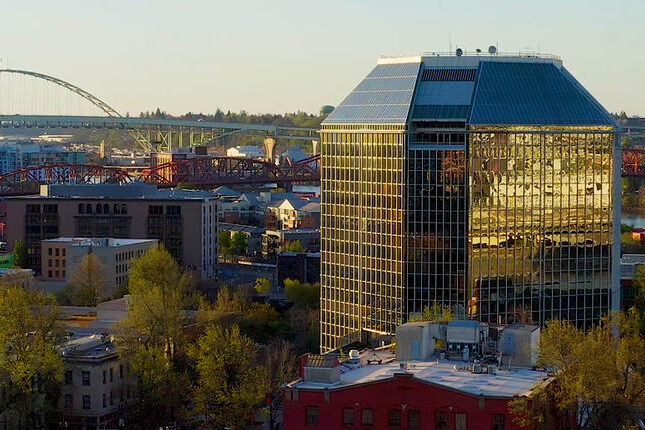 February 2023
February 2023
